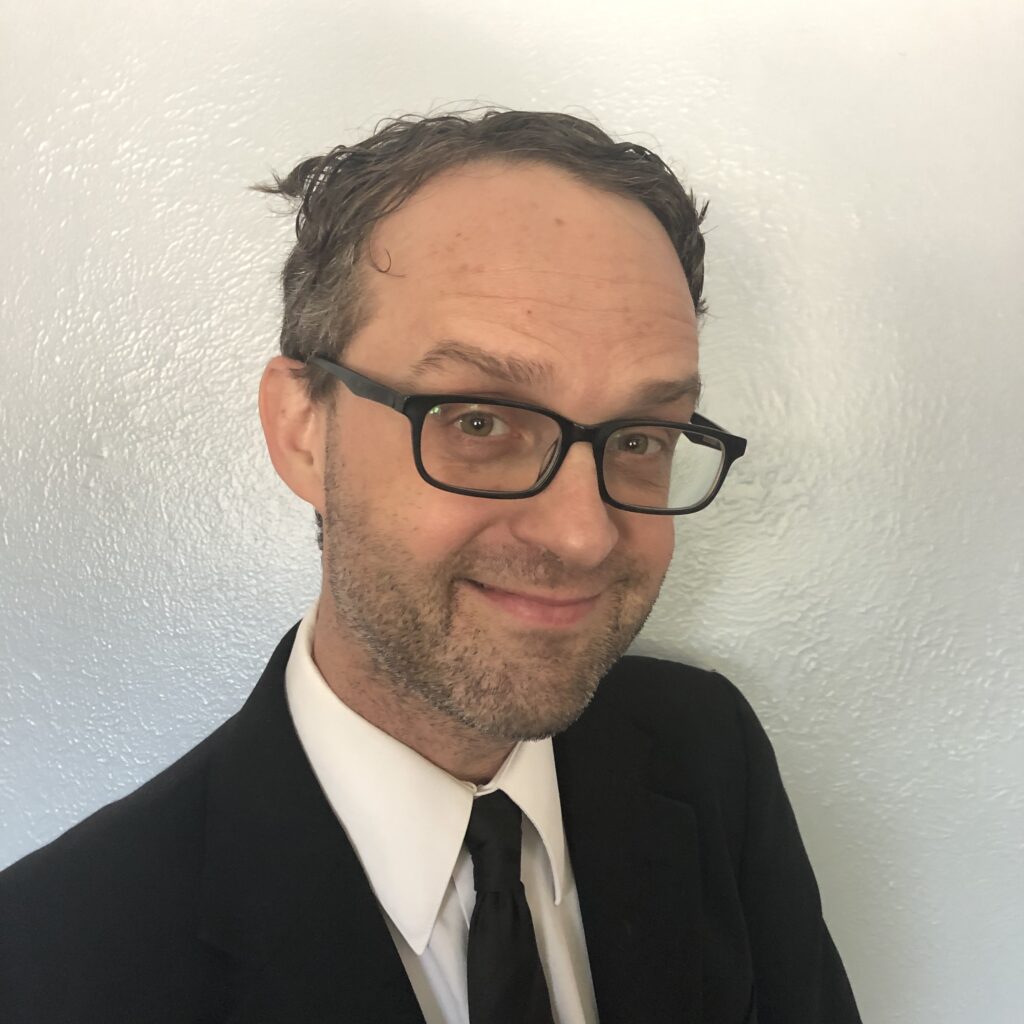Meet David Sallay, FPF’s new Youth & Education Privacy Director
FPF is thrilled to announce the new Director of our Youth & Education Privacy Program, David Sallay. David comes to FPF from the Utah State Board of Education, where he previously served as the Chief Privacy Officer and the Student Privacy Auditor at the Utah State Board of Education, where he worked with schools and districts on implementing Utah’s state student privacy law.

Before focusing on privacy, he worked in education as a teacher of English as a Foreign Language at Qatar University and high schools in Hungary. He holds a Master’s in Public Policy from the University of Utah and a Master’s in Education from the University of Pittsburgh.
Learn more about David in the Q&A below.
- You started out as a teacher–how did you get involved in student privacy?
I was in the right place at the right time. I worked for the Utah State Board of Education as the assessment data specialist when Utah passed its student privacy law, which created several new positions. It seemed like an exciting new area to work in, so I applied and got the job.
- What’s one thing that you wish more teachers understood about student privacy?
I wish more teachers knew that student privacy doesn’t have to be a zero-sum game. We shouldn’t have to make trade-offs where you can’t teach as well or use helpful tools in the classroom to achieve security or privacy. Still, since privacy is unfortunately rarely the default setting, we’ll want to work together to ensure our use of technology and data in the classroom is a true win-win where students learn better while having their data protected.
- A lot is going on in youth & education privacy today…What’s one thing that you are optimistic or encouraged about?
I am encouraged by the move to age-appropriate design codes in some jurisdictions since it should lead to more products mapping better to the expectations of parents, educators, and children.
- What’s one thing that you are worried or concerned about?
On the flip side, I am also worried about age-appropriate design codes if they don’t strike the right balance, and it can be really hard to find that Goldilocks zone of just right.
- What’s something that you think is flying under the radar?
Many of the most damaging privacy harms are small in terms of the number of students they impact and likely won’t appear on the front page of a newspaper. If you see a lot of the privacy complaints that go to the US Department of Education or that we investigated in Utah, they were very often one individual at the school doing something with a record that harmed one or two students. So I think it’s important to look at both big-picture issues as well as the smaller ones.
- Utah’s approach to student privacy has been held up as a model for other states to follow (including by FPF!). What advice do (or would) you give another state looking to replicate your approach?
One of the things I think our legislature and state board did well was gathering stakeholders together to study the issue instead of adopting a one-size-fits-all approach. The other thing is to put someone in charge full-time (e.g., a chief privacy officer) to provide adequate support.
- What are you reading/listening to lately for work (related to youth privacy)?
I’ve been reading Privacy’s Blueprint by Woodrow Hartzog since it focuses a lot on design as a way to build trust and will hopefully help me better wrap my brain around the new design codes being proposed.
- What are you reading/listening to lately for fun?
I’m really drawn to anything about other Hungarian-Americans. Since it’s October, I’m reading a biography of Béla Lugosi that is interesting (there was a lot more to him than just playing Dracula). Also, every October, I try to listen to every Oingo Boingo album since that gets me in a proper Halloween mood.
- Do you remember the first time you heard about FPF? What made you want to join the team officially? What is your top priority?
I first heard about FPF when I started working on privacy in Utah. We didn’t know how to build our program and quickly discovered FPF as a resource. At that time, the FPF youth and education team was just one person, so it’s been really neat to see the program grow. A lot of the appeal in joining was being able to work on privacy problems beyond the borders of Utah and beyond education (i.e., in youth privacy). So far, it’s been really good to meet everyone on the team. My top priority right now is to get to know the team better and understand their interests and goals so I can figure out the best way to support them so that collectively we can provide the most value for our stakeholders and ultimately make a real impact for students and youth.
Interested in learning more about FPF’s Youth & Education Privacy work? Visit Student Privacy Compass to learn more.
